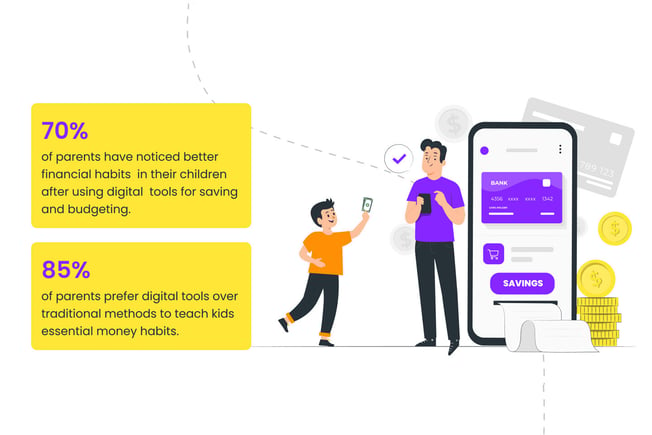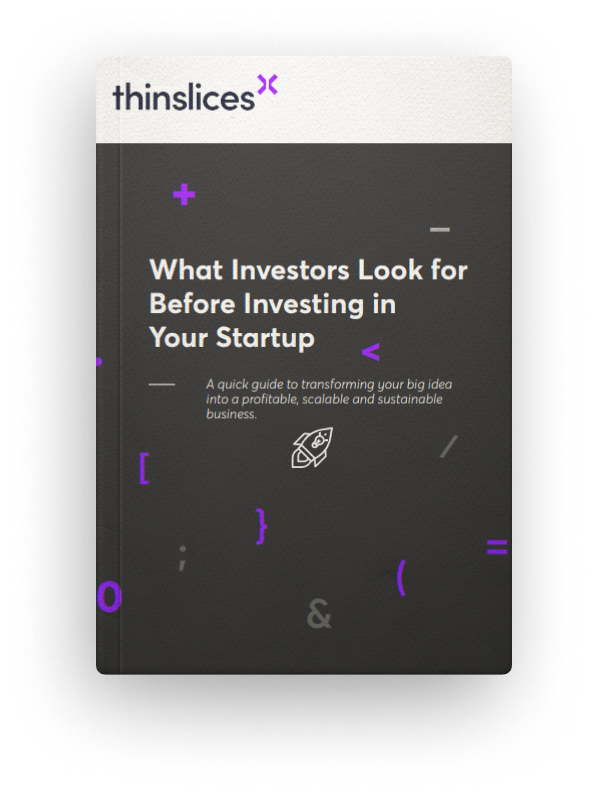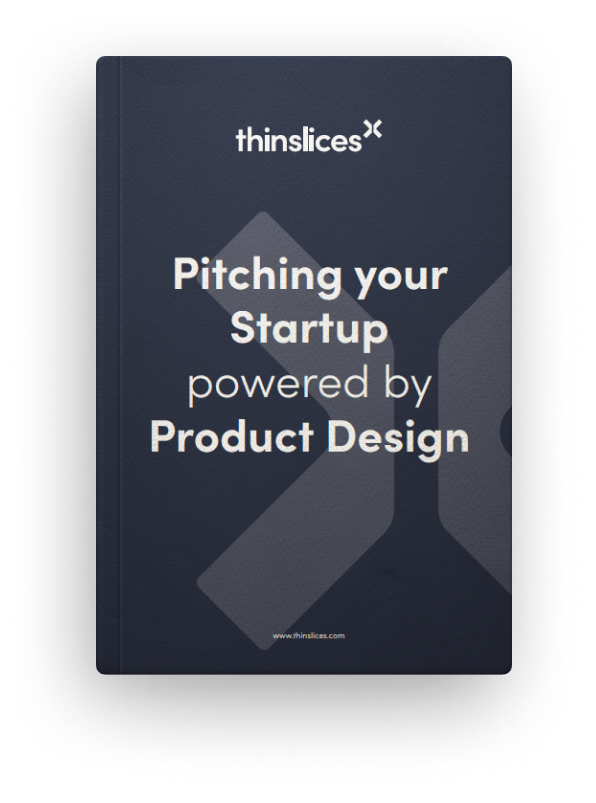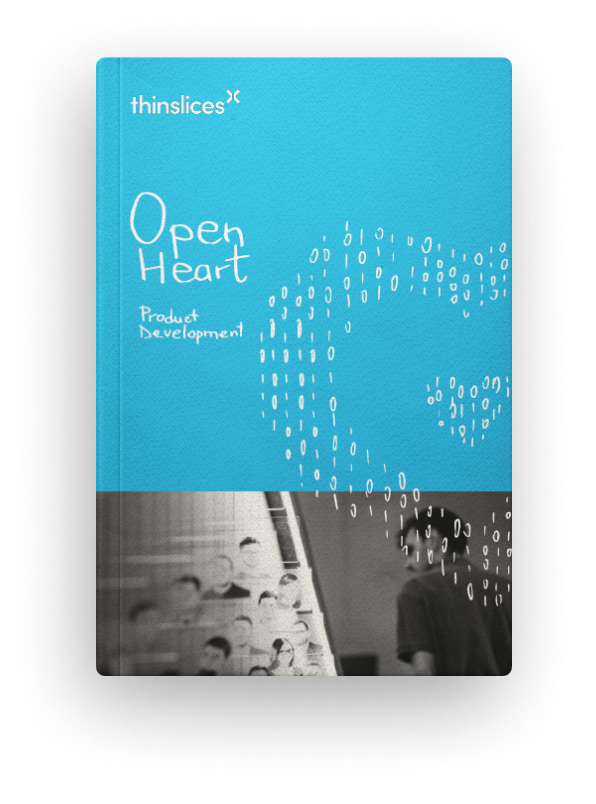
Tudor Iordache - 7 May 2025
From Prompts to Prototypes: Using AI Tools to Accelerate MVPs
Product teams are no longer starting with a blank canvas. Instead, they’re entering a landscape already populated by intelligent agents that can autonomously build interfaces, test logic, scan competitors, and extract signals from user noise. The implications are profound: AI isn’t just accelerating delivery; it’s shifting the product function from execution to strategy.











